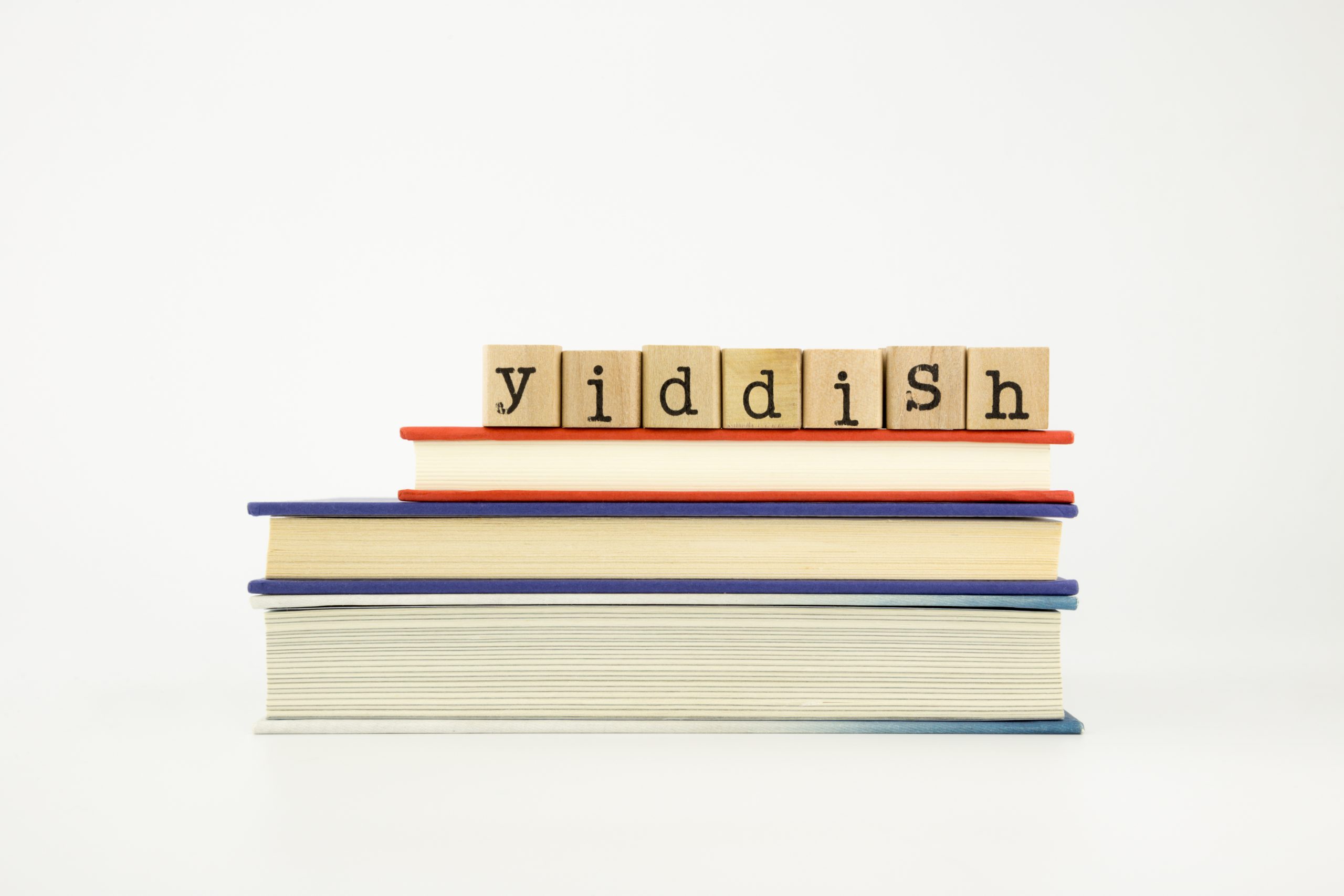Origins – Where Did Yiddish Come From?
Yiddish emerged around the 9th–10th centuries CE as the vernacular of Ashkenazi Jews living in the Rhineland region of Western Europe. It developed from a fusion of medieval High German dialects with elements of Hebrew and Aramaic, and later incorporated vocabulary from Slavic languages and Romance tongues. As Jews migrated eastward over the centuries, particularly into Poland, Lithuania, and Russia, Yiddish evolved along with them, absorbing new linguistic and cultural influences while remaining distinct from the non-Jewish languages around it.
What Are the Yiddish Dialects?
Yiddish is traditionally divided into two major dialect groups: Western Yiddish and Eastern Yiddish. Western Yiddish, once spoken in Germany, France, and parts of Switzerland, has largely died out. Eastern Yiddish, which further branches into Northern, Southern, and Central dialects, flourished in Eastern Europe. These dialects differ in pronunciation, vocabulary, and certain grammatical constructions. The Lithuanian (Litvish) dialect is noted for its clarity and scholarly tone, while the Polish (Poylish) and Ukrainian (Galitzianer) dialects are more musical and expressive, often heard in theater and song.

Notable Figures in Yiddish Culture
Yiddish produced a rich literary and cultural tradition. Who are some of the most notable Yiddish figures?
Foremost among its writers is Sholem Aleichem, whose tales of Tevye the Dairyman inspired the beloved musical Fiddler on the Roof. Other luminaries include I.L. Peretz, a master of modernist Yiddish literature, and Mendele Mokher Sforim, considered the “grandfather” of modern Yiddish and Hebrew literature. In the 20th century, figures like Isaac Bashevis Singer (winner of the Nobel Prize in Literature) helped bring Yiddish to a global audience. Beyond literature, Yiddish thrived in theater, film, journalism, and folk music, shaping Jewish culture profoundly.
Expansion and Reach
By the early 20th century, Yiddish was spoken by over 10 million Jews worldwide. How did this happen?
Waves of Jewish migration carried the language to North and South America, South Africa, and Israel. In cities like New York and Buenos Aires, Yiddish newspapers, schools, and theaters created vibrant diasporic cultures. However, the Holocaust decimated the Yiddish-speaking population of Europe, and postwar assimilation and the rise of Hebrew in Israel further reduced its everyday use.
Yiddish Today
Despite predictions of its demise, Yiddish persists and even thrives in unexpected ways. It remains the primary language in many Hasidic and Haredi communities worldwide, where it is passed down to new generations as a living mother tongue. Meanwhile, secular interest in Yiddish has grown through academic programs, music revivals, theater troupes, and cultural festivals. Institutions like YIVO play a key role in preserving and promoting Yiddish heritage. From Zoom classes to Klezmer concerts, Yiddish continues to bridge generations with its warmth, humor, and resilience. Even among English speakers, colorful Yiddish slang like “chutzpah,” “schlep,” and “kvetch” has become part of everyday conversation, a testament to the language’s enduring charm.














